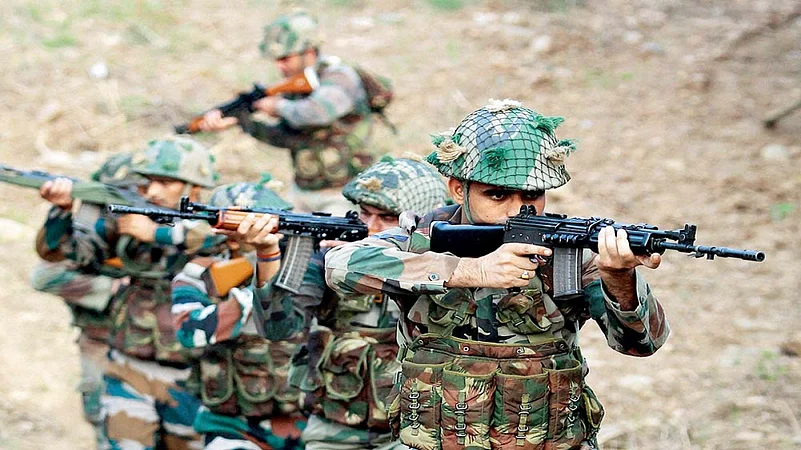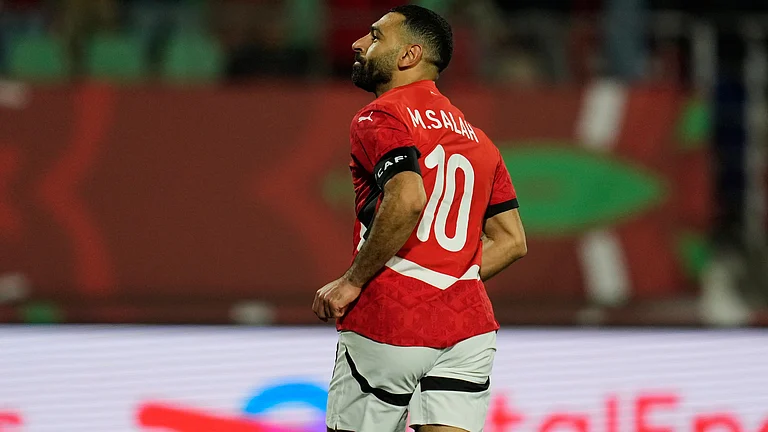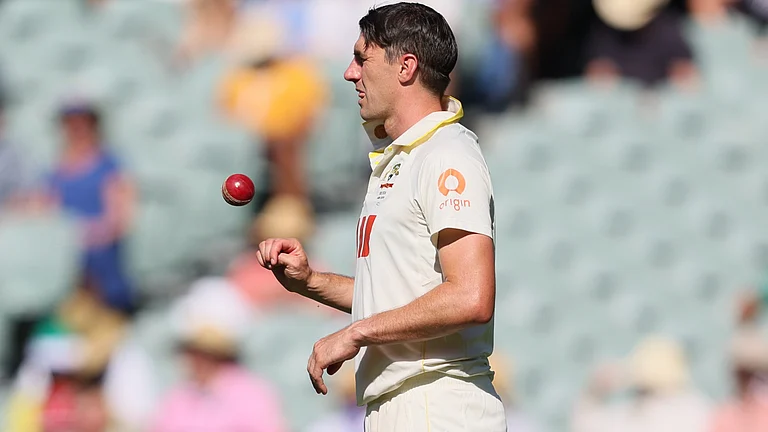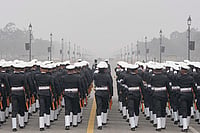After the deep freeze in India-Pakistan ties since the 2016 Uri attack—and the further ratcheting up of tension along the LoC after the Balakot airstrike—the decision to respect the 2003 ceasefire agreement, announced in a joint statement by the Director General of Military Operations, was a startling one. The guns fell silent along the LoC since the midnight of February 24/25. But is this another false start at peace-making by the two subcontinental rivals, or is there a sliver of hope, a tiny crack in the thick wall of hostility?
A terrorist strike could quickly derail the peace initiative—indeed, it has happened often in the past. For now, the ceasefire holds. Yet what compelled the two sides to douse the long-burning embers? Did the nudge come from the global, post-Covid churning and the election of Joe Biden in the US? The Biden administration was quick to welcome the announcement, but it was too early for the Biden team to have had played a mediatory part. Speculation is rife, and some say the British have had some role in this, through their talks—essentially about Afghanistan, but going on to the neighbourhood—with Pakistani army chief Gen Qamar Javed Bajwa. It can be safely assumed that the Chinese are also in the loop—Pakistan would not go ahead without consulting their ‘all-weather ally’. Strangely, the ceasefire has met with uncharacteristic reserve in both nations—not even the peaceniks are gushing.
The constant cycle of firing, and retaliatory barrages, across the LoC led to needless loss of soldiers and civilians, without any tactical gain. When Kashmir remains the core issue for Pakistan, matched by the Modi government’s unyielding stand on the matter, what propelled the DGMO’s joint statement?
The ceasefire is confined to the limited purpose of stopping cross-border firing, which has bled both the armies. The shared compulsion is to limit losses. India upped the ante after Uri, hoping to make Pakistan pay a heavy price for its transgressions along the LoC. An undeterred Pakistan had carried on much in the same manner. As a result, circles of escalating violence led to stasis.
According to reports, India lost 70 civilians and 72 soldiers along the LoC since 2018. In Pakistan, 300 civilians were killed since 2014. (No figures are available for army personnel.) India recorded 591 ceasefire violations in the first two months of 2021, while Pakistan claimed 253. Until both sides thought it best to stop the bloodletting. Whether this will lead eventually to a larger peace plan is difficult to say without knowing what guarantees the two sides have given each other. A possible peace deal may or may not be a replica of the 2004 plan. The governments are not in any mood to disclose anything.

“I think it is tactical; both sides don’t benefit through the LoC firing. Also, it is time the military would like to concentrate on Afghanistan, as the Americans show interest in leaving,” says Pakistani strategic analyst Ayesha Siddiqa. Though Biden has spoken of a review of Trump’s decision to leave Afghanistan, much like Obama and Trump, he wants American troops home. The Pakistani army, too, would need to concentrate on the Afghan border. So a ceasefire along the LoC makes a great deal of sense for Gen Bajwa.
Salman Bashir, Pakistan’s former foreign secretary and envoy to India, says that Islamabad has not changed its views on Kashmir. “Respect for ceasefire to be observed is basic and essential. However, there cannot be full normalisation unless the situation in ‘illegally occupied Kashmir’ is resolved in accordance to Kashmiri aspirations,” he says.
India-Pakistan ties are complex, with the baggage of history and ingrained mistrust weighting down every move towards normalisation. The ceasefire is a limited move with no guarantee that it would lead to something more. “Stability along the LoC enables us to focus on working the geo-economic paradigm and prioritising development. LoC joint statement is a minimum requirement. It does not represent a change in our principled stand on the Jammu and Kashmir dispute,” says Bashir. It is well known that the Modi government is in no mood to talk about Kashmir. Modi’s decision to abrogate Article 370, a move largely welcomed across India, was to close the door on any bilateral discussion on Kashmir. The scrapping of Kashmir’s special status has stripped any pretension of its being different from other Union Territories.
It’s a comforting fact that Gen Bajwa was the driving force behind the move to enforce the 2003 ceasefire agreement. In 2004, when Gen Pervez Musharraf was president, there was a real chance of a breakthrough in India-Pakistan relations. However, Musharraf’s domestic problems—the lawyers’ agitation in 2007 after he sidelined chief justice Iftikhar Chaudhry, and fightback from militants, like in the Lal Masjid siege, after he tried to contain spiraling fundamentalism—scuttled his appetite for peace. After Musharraf, Gen Bajwa is the second army man willing to give peace a chance.
“Bajwa seems to have been stung by the same bee as Musharraf—he wants to leave a legacy that is not necessarily total peace with India, but a better economy which is dependent on peace in the region. Also, this dates back to his trips to the UK, which has been holding talks with the general. He had promised to wrap up the jehadi machine on his own terms, but India’s Article 370 move upset his plans,” says Bashir. “He is mindful of two facts: that this is a different, more ideological India, so he will have to be cautious, and that his mid-ranking men will have to be convinced. I am not sure if there is a plan to go back to the four-point formula, if the time is ripe for that. Bajwa would like both sides to respect the status quo—you keep your Kashmir and we keep ours. Economy is a major driver,” he adds.
If the ceasefire holds, the next step is expected to be the return of the respective high commissioners back to New Delhi and Islamabad. After India’s August 2019 move, Pakistan had downgraded diplomatic ties with India. Some confidence-building measures can also be expected. Pakistani officials participated in a health official meeting organised by India this year. India has also promised visas for Pakistani players and officials for the T20 World Cup to be held in India later this year.
Yet, despite the apparent thaw, no one is betting on the ceasefire lasting long. “I think it is too early to comment on this. The first test will be in the summer. Pakistan is already making preparations. Drones are being used, Kashmiris are getting magnetic bombs, so let’s wait and watch,” says analyst Sushant Sareen of the Observer Research Foundation. “Pakistan is being emboldened by the US move to leave Afghanistan. I think this ceasefire will follow the usual pattern of a period of calm and show of friendship, then a gradual return to square one.”



























